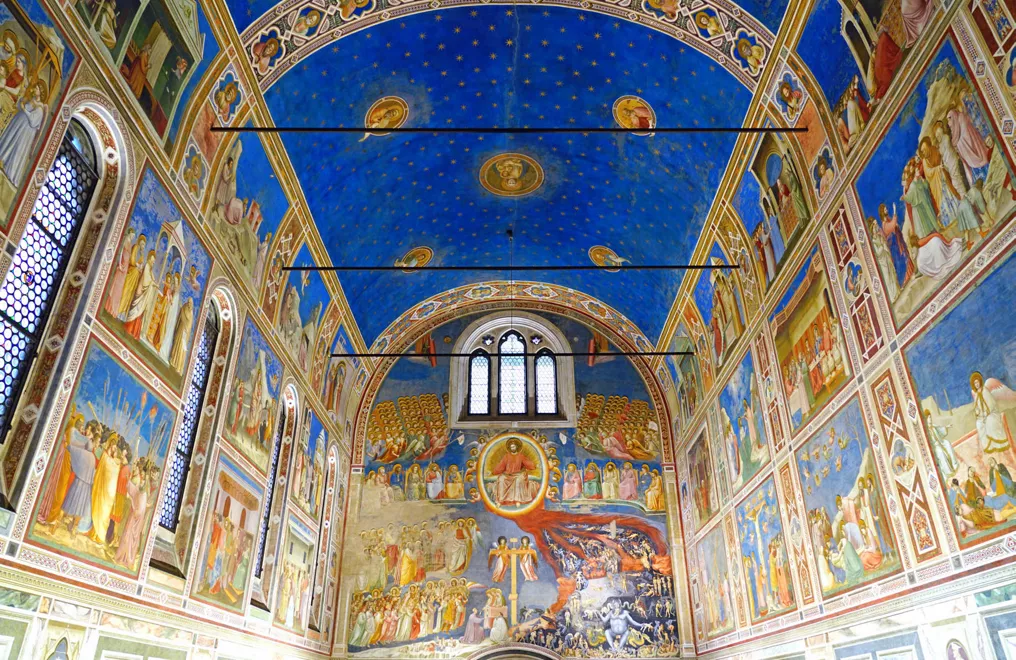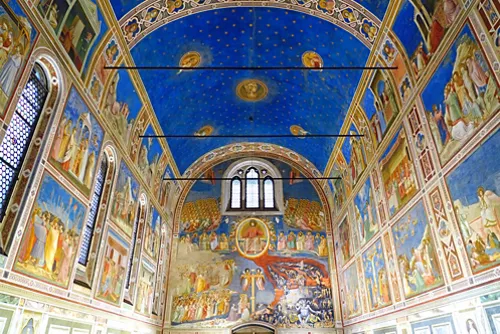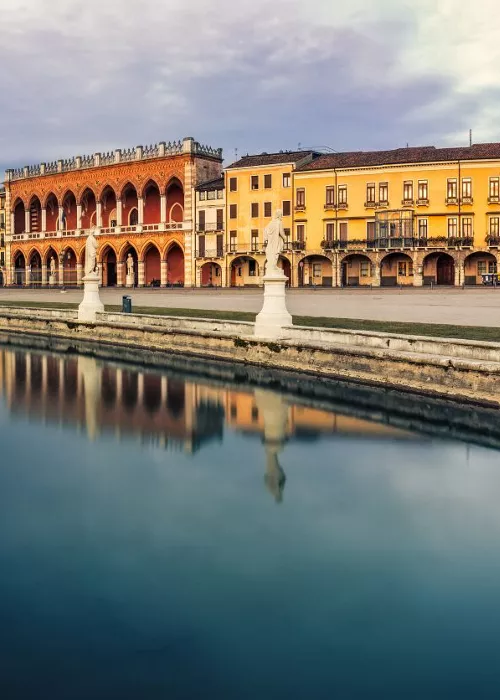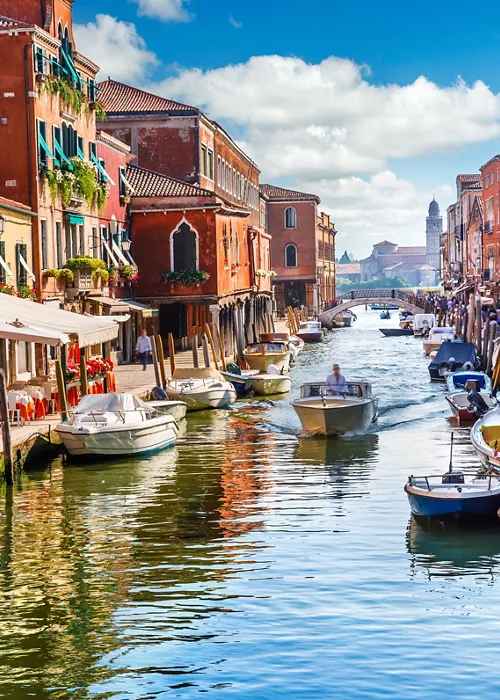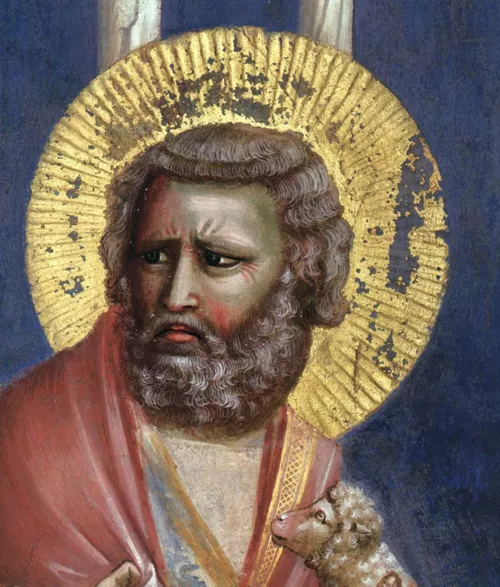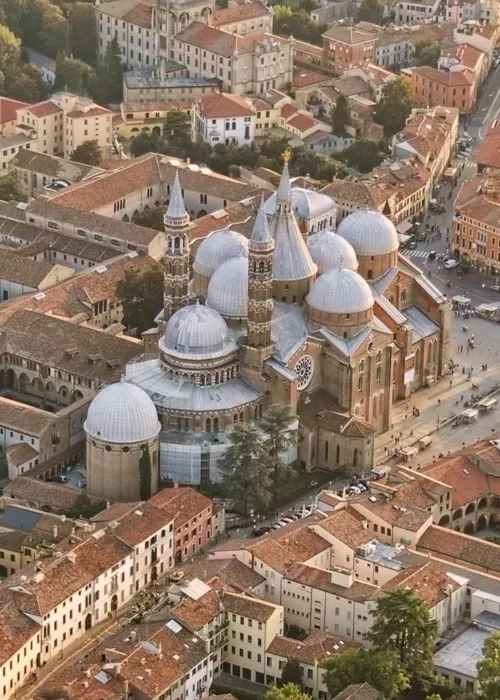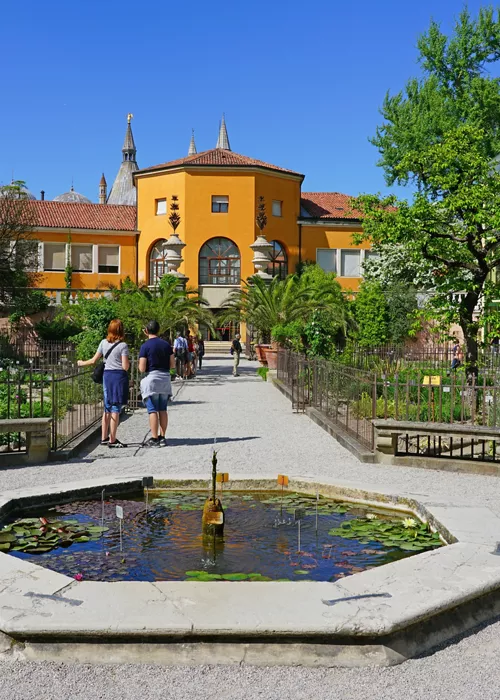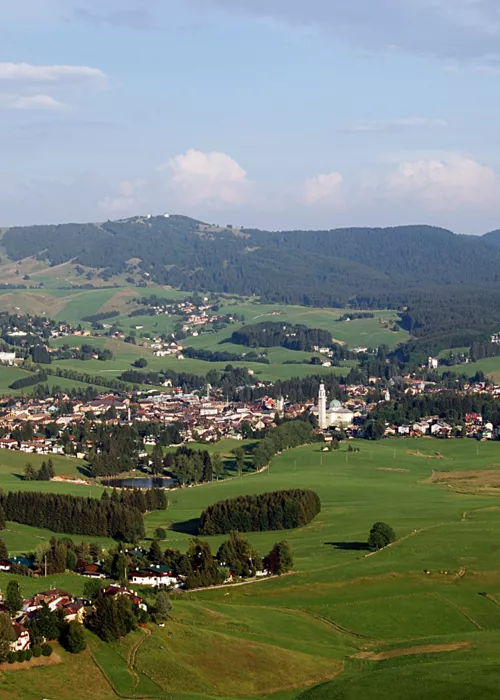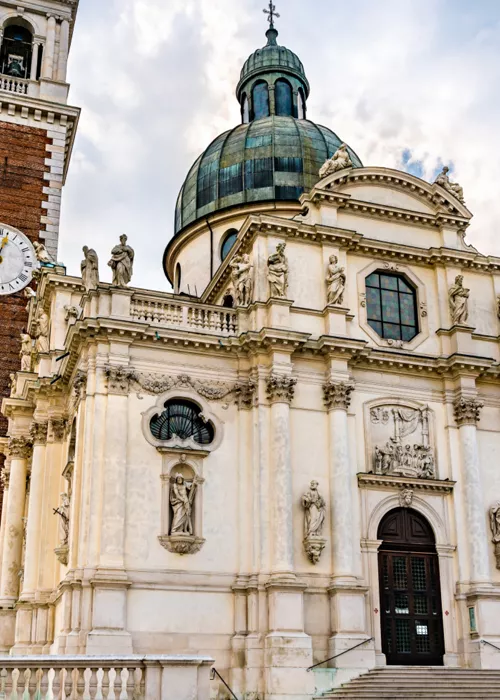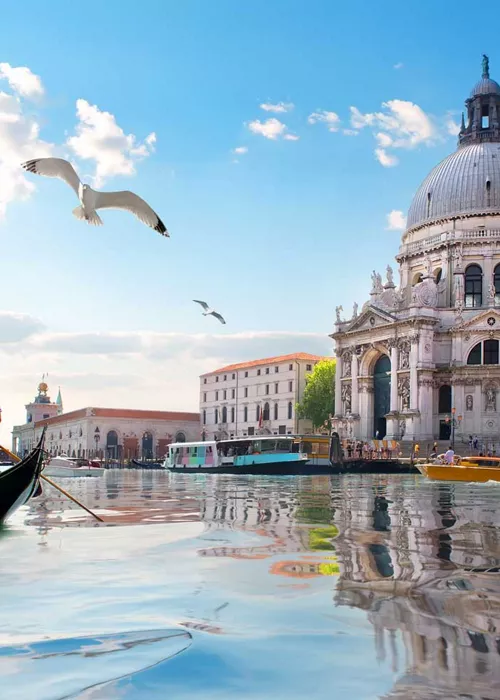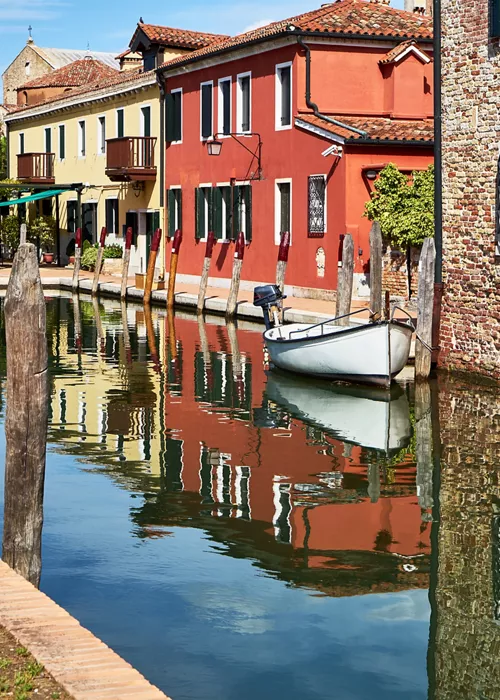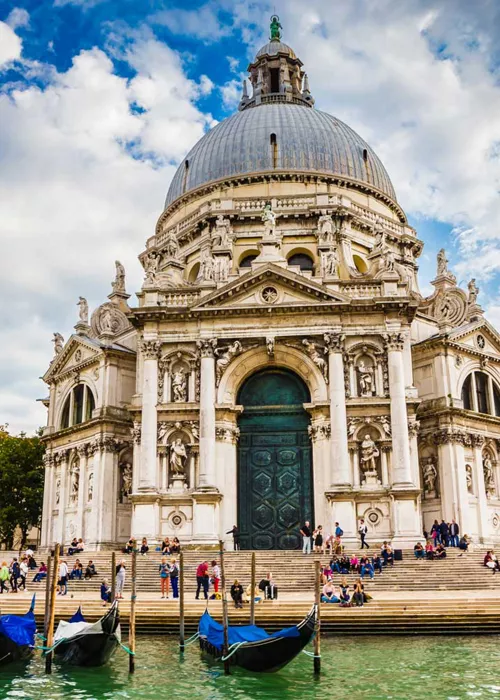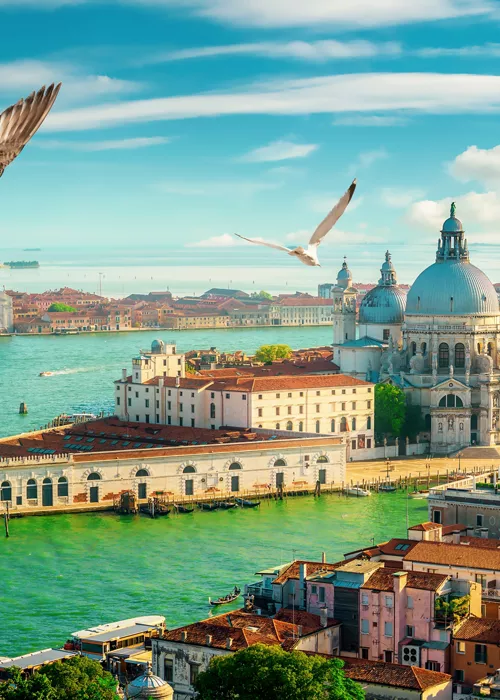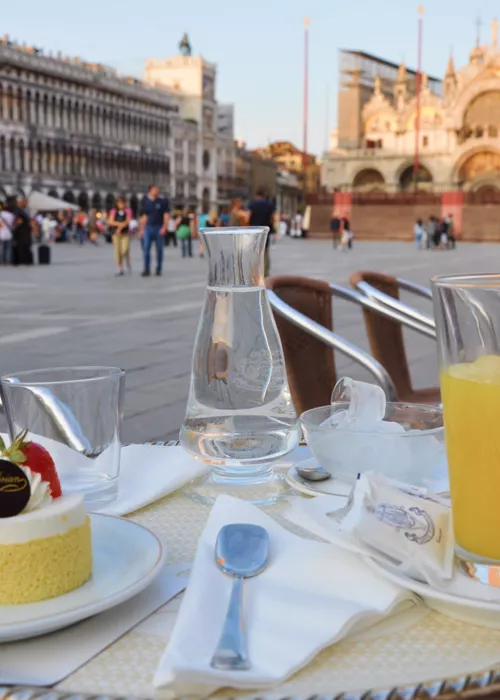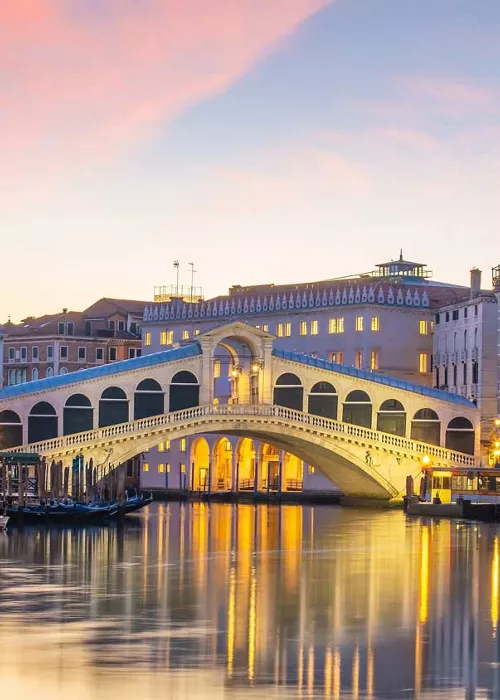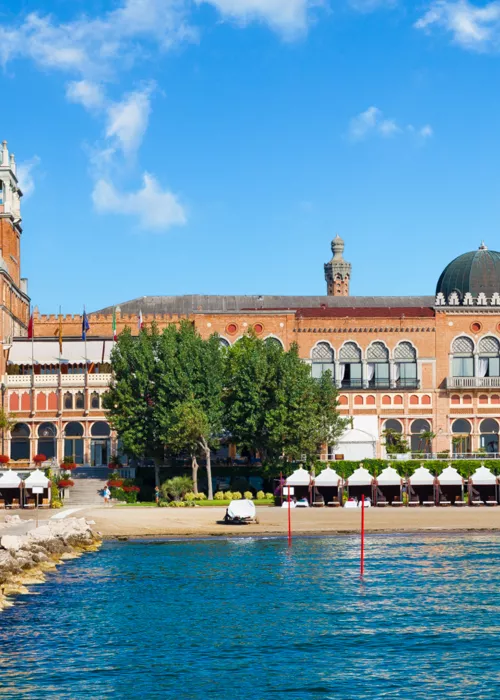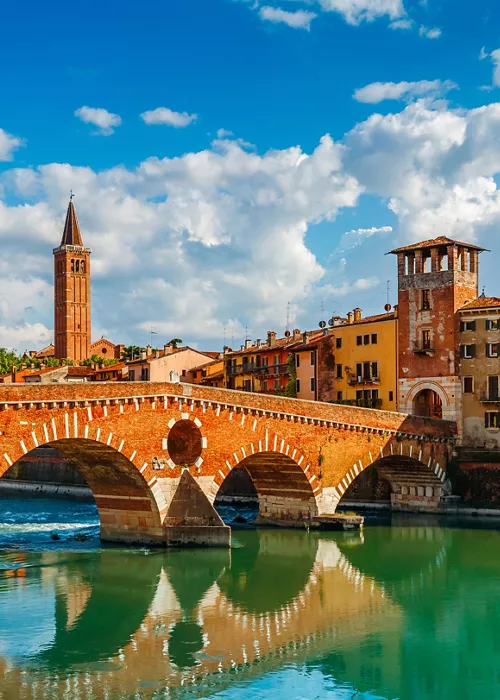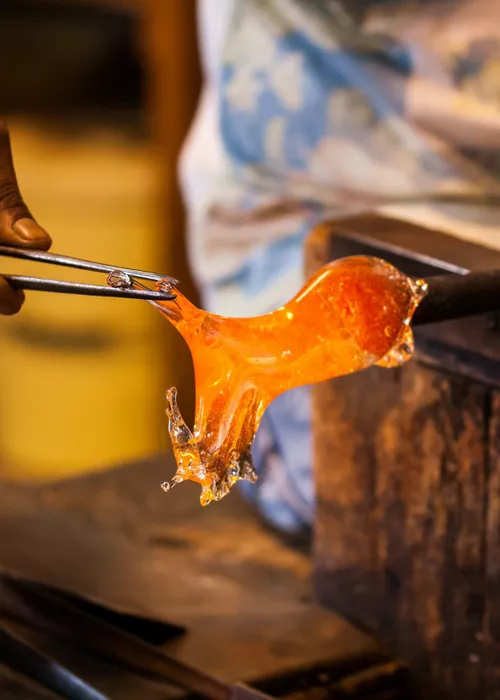The Scrovegni Chapel in Padua
2 minutes
Index
Padua’s Scrovegni Chapel is, without a doubt, an artistic masterpiece. Built on the dime and ambition of a powerful usurer, Enrico Scrovegni, the Chapel was adorned with the frescoes of Giotto, who dedicated himself to the project for 855 days between the years 1302 and 1305. Purposed as the Scrovegni Family’s personal chapel and to be annexed to its palazzo, the Chapel actually stands atop a 60 B.C.E. Roman amphitheatre (hence its second name, the Arena Chapel). The contents of the walls of the 1,000 sq m chapel are scenes depicting events from both the Old and New Testaments.
The Chapel
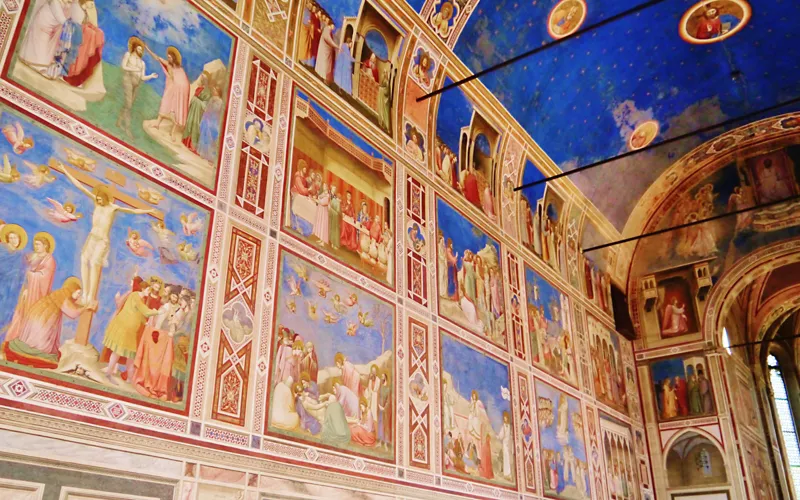
The Chapel, dedicated to Santa Maria della Carità is rather simple in architectonic terms (it is uncertain whether it is the work of Giotto or someone else), with high, narrow windows and a façade whose upper ends with with a Gothic trifore flourish. Inside, the sarcophagus of Scrovegni himself lies in the structure’s chancel.
To further embellish the interior, Scrovegni entrusted the realization of three altar statues to Giovanni Pisano the marble works depict the Virgin and Child between two deacons. Then, of course, Giotto, our sommo pittore, was made responsible for the epic colors and forms that make the Chapel shine. At the time, Giotto was working on the commission given to him by the friars of the Basilica of St. Anthony in Padua his name was already quite revered for having frescoed St. Francis’s Basilica in Assisi, St. John in Lateran in Rome, and Palazzo della Ragione in Padua.
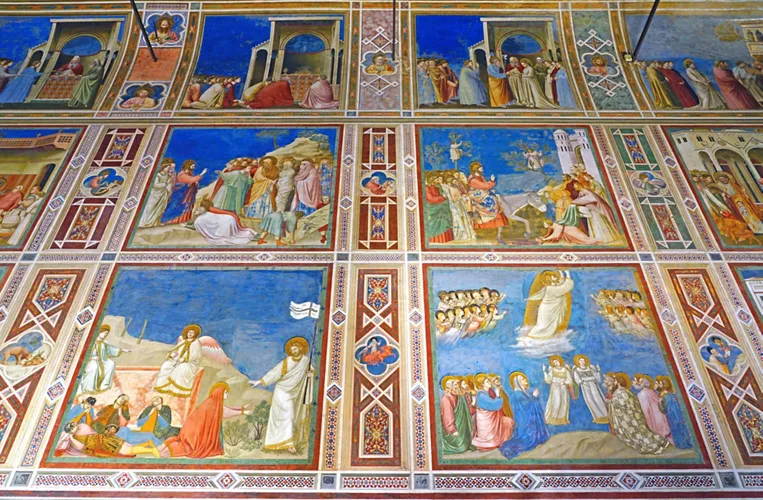
The fresco cycle – fresco, painted on fresh plaster – consists of an incredible color palate. Many know of Giotto for his intense ultramarine, a hue for which painters would pay a pretty penny in Giotto’s day indeed, the artist as brilliant as his colors obtained his pigments from all around the Mediterranean, by way of Venice.
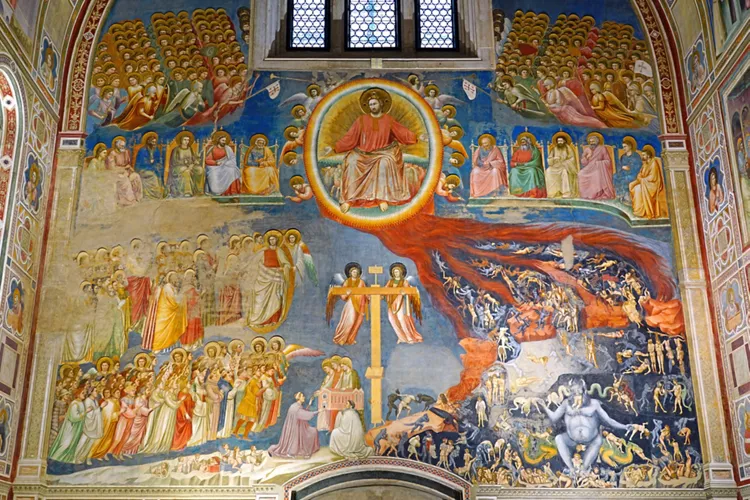
While the frescoes are filled with Old and New Testament narrative, the Last Judgment holds rank, covering an entire wall with Christ the King and Judge accompanied by his Apostles, while the forces of Evil at turns claw at and sink into the ether. Images of Christ, the Gospels and Prophets appear as innumerable portholes – through which the viewer peers at awe-inspiring glimpses of life from the Bible. Intriguing are the recesses containing the Virtues and Vices, making for a sort of vade mecum of righteous behaviors for the Christians of the era.
Under its starry-sky-painted barrel-vaulted ceiling, the natural forms - innovative in Giotto's day for their fresh realism - recount pieces of Christianity as inspired by St. Augustine. Giotto completed this masterpiece as a fairly young man: at just under forty years of age, he realized a fresco cycle so groundbreaking that it is the only work in the world that can be considered to rest in the company of Michelangelo’s Sistine Chapel in Rome.

